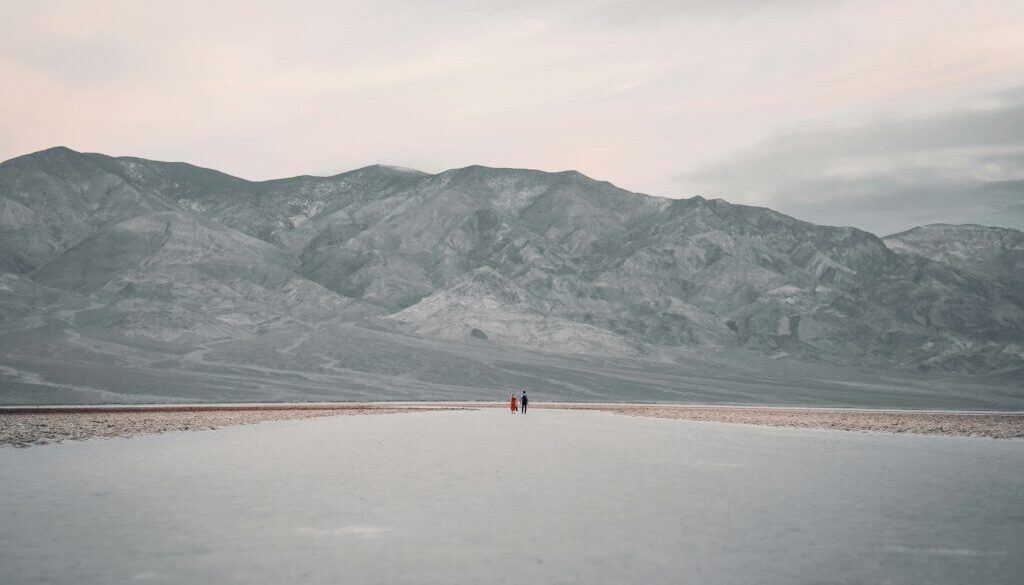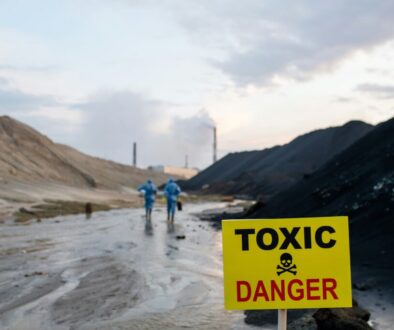Postcard from California: Rising death toll from extreme heat demands action
O n July 7, six German motorcyclists were touring California’s Death Valley National Park as the thermometer hit 129 degrees Fahrenheit – one degree shy of the hottest temperature ever reliably measured on Earth.
n July 7, six German motorcyclists were touring California’s Death Valley National Park as the thermometer hit 129 degrees Fahrenheit – one degree shy of the hottest temperature ever reliably measured on Earth.
As they neared what is known as “Badwater Basin”, the cyclists were overcome by heat and couldn’t go on. Park rangers declared one man dead at the scene. Another was unconscious but recovered after an ambulance rushed him to a Nevada hospital.
Because of the extreme heat, the tragically ironic location and the victim’s nationality, the death received global news coverage. But It was far from the only heat-related death in California or the US that month as dozens of cities from coast to coast set all-time record high temperatures.
New research finds that heat-related deaths in the US have more than doubled in the last 25 years – a deadly toll that researchers say is a significant undercount, as many fatalities tied to high temperatures are not recorded as such.
More than 21,518 Americans have died from heat-related causes since 1999, according to a study published Aug. 26 in JAMA, the journal of the American Medical Association. That’s an increase of 117%, with a sharp spike in the last seven years. The study found that last year, Earth’s warmest on record, more than 2,325 Americans died of heat-related causes.
Researchers analyzed local authorities’ death certificates filed with the US Centers for Disease Control and Prevention (CDC) listing “exposure to excessive natural heat,” “effects of heat and light,” or “environmental hyperthermia of a newborn” as either the cause or contributing cause of death. But they noted that death certificates may fail to list heat as an underlying cause of heart attacks, strokes, and other fatal conditions.
The study’s lead author was Jeffrey T. Howard, associate professor of public health at the University of Texas at San Antonio. In an email to The New Lede, he said almost half of heat deaths in the study period were in just four states: Arizona (4,242), Texas (2,484), California (1,905), and Nevada (1,606).
“Given that climate change will continue the current warming trend, it is imperative that our society, including local, state and federal agencies, as well as clinicians and individuals, take actions to mitigate the risk and reduce these deaths,” Howard said.
Because there is no consistent criteria to determine whether heat is a factor, assessments of heat deaths vary widely.
In July, California Insurance Commissioner Ricardo Lara reported that 460 Californians died of heat-related causes over the last decade. But in 2021, a Los Angeles Times investigation yielded an estimate of about 3,900 deaths from 2000 to 2019 – almost six times the state’s number for those years.
Whatever the actual number, the risk will continue to grow. A 2022 state report projected that in 25 years, Northern California will see four times more waves of health-threatening heat a year, and dangerous heat waves in the already sweltering Central Valley will last two weeks longer.
Heat kills far more Americans in an average year than floods, tornadoes, and hurricanes combined. But while billions of dollars go toward mitigating such events and aiding victims, heat deaths tend to be treated as isolated tragedies, not wider disasters requiring both immediate relief and policy responses.
The Federal Emergency Management Agency (FEMA) definition of “major disasters” does not include extreme heat. In 2022, FEMA denied California’s request for a major disaster declaration after a 10-day heat wave that killed hundreds of people.
In June, a coalition of environmental, health and labor groups petitioned FEMA to add extreme heat and wildfire smoke to its list of major disasters eligible for emergency relief funding. FEMA’s current disaster criteria is based on damages to uninsured property.
“It’s past time for FEMA to address the climate emergency head-on,” Jean Su, energy justice director at the non-profit Center for Biological Diversity, told The Guardian. “That means unlocking crucial funding for local governments to build robust and resilient solutions like community solar and storage, cooling centers and air filtration.”
In 2022, California Gov. Gavin Newsom rolled out an extreme heat action plan including raising public awareness of the danger, upgrading insulation, air conditioning and other infrastructure, and planting trees in urban areas to cool local temperatures. But citing deficits, Newsom and legislators have cut more than $500 million in funding for the plan’s initiatives.
In November, voters will decide whether to restore that funding through the issuance of state bonds. State Sen. Anna Caballero, a Central Valley Republican, said as much as $100 billion might be needed to make a difference.
The state’s climate focus has not been on heat protection, but on programs “where you can get people to buy in and, frankly, where it’s sexy,” Caballero told Politico after last year’s budget cuts. “It’s new technology, it’s talking about electric vehicles and rooftop solar. We haven’t focused on the impacts of climate change on lower-income families.”
The state insurance commissioner’s report found that heat-related deaths are disproportionately higher among Black, Latino and Native American communities. In a 2018 heat wave on the Southern California coast, the death rate for those groups was twice as high as for White and Asian communities.
The most vulnerable are children.
“The younger the child, the greater heat’s threat,” writes Dr. Debra Hendrickson in “The Air They Breathe: A Pediatrician on the Frontlines of Climate Change.” “Infants under one year of age, particularly newborns, are most at risk. Among all age groups, they are expected to suffer the greatest increase in heat mortality as the world warms.”
If there was any remaining question whether the climate crisis is a profound threat to human health, the data on heat deaths leave no doubt. The best way to protect people would have been curbing the burning of fossil fuels decades ago.
But scientists agree that even in the best-case scenario, global warming has not peaked. It’s time to match our investment in renewable energy, electric cars and other climate-friendly technologies with resources to help people survive the heat.
- Bill Walker has more than 40 years of experience as a journalist and environmental advocate. He lives in California’s San Joaquin Valley.
(Opinion columns published in The New Lede represent the views of the individual(s) authoring the columns and not necessarily the perspectives of TNL editors.)
(Featured photo by Karsten Winegeart on Unsplash.)



